Pakistan consolidating macroeconomic stability, aims 3.5pc growth despite floods: FinMin
Says IMF’s second review under Extended Fund Facility had been successfully completed

Islamabad (APP): Pakistan has consolidated its macroeconomic stability through strong fiscal discipline, improved foreign exchange reserves, and falling inflation, while aiming to maintain a growth rate of around 3.5 per cent despite recent flooding, Finance Minister Muhammad Aurangzeb said in an interview with CGTN America.
The minister said the country had made “significant progress” since the IMF approved the $7 billion loan programme last year, with all global rating agencies upgrading Pakistan’s outlook in recent months.
“We have consolidated gains on the macroeconomic stability front. Our foreign exchange reserves now stand at two and a half months of import cover, inflation has fallen to single digits, and the policy rate has been halved,” he said. Fitch, S&P, and Moody’s have all upgraded Pakistan this year for the first time in nearly three years.
He said the IMF’s second review under the Extended Fund Facility had been successfully completed and a staff-level agreement reached, reflecting the Fund’s confidence in Pakistan’s economic management and reform commitment.
“We are grateful that the IMF management continues to repose trust in Pakistan’s authorities, especially on structural reforms in taxation, energy, public finance, and privatization,” he added.
Aurangzeb noted that Pakistan had also re-entered commercial markets after a gap of two and a half years, with borrowing from Middle Eastern banks and plans to issue the country’s first Panda bond before year-end.
“We even repaid a $500 million Eurobond payment last month without any market concern, which shows growing confidence,” he said, adding that Pakistan was well-positioned to repay another $1.3 billion due in April next year.
Privatization and investment momentum
The finance minister said the government had revived the privatization process that had previously stalled.
This year, we completed the first transaction — a small bank purchased by a UAE-based conglomerate which will expand and digitize its operations, he said adding the government was also confident that national airline will be privatized before the fiscal year ends.
Floods and economic outlook
Aurangzeb acknowledged that climate change and floods posed serious challenges to economic recovery, particularly in the agricultural sector. “Climate change is an existential issue for Pakistan. Our rice and cotton crops have been affected by flooding across three major rivers,” he said.
Despite the losses, he remained optimistic about sustaining growth.“We grew by 3 percent last year and had estimated that we will grow a little over 4% this year. Given the floods, we now expect around 3.5 percent growth.”
China-Pakistan cooperation entering CPEC Phase 2.0
Referring to Prime Minister Shehbaz Sharif’s recent visit to Beijing and meetings with President Xi Jinping and Premier Li Qiang, the minister said the two countries had formally launched CPEC Phase 2.0, focusing on industrial cooperation and private sector investment.
“Phase 1 of CPEC was about infrastructure. Phase 2.0 is about monetizing that infrastructure through Special Economic Zones and private-sector partnerships,” Aurangzeb said.
He noted that 24 joint venture agreements were signed during the Prime Minister’s visit to Beijing, marking a shift from memoranda of understanding to concrete projects. “Our role is to ensure a conducive ecosystem for these ventures to thrive,” he added.
Focus areas under CPEC 2.0
The minister said CPEC’s new phase would prioritize investments in minerals and mining, agriculture, IT and AI, and pharmaceuticals, including local vaccine production in collaboration with Chinese firms.
He cited the Service Long March joint venture — a tire manufacturing partnership between Pakistan’s Service Group and China’s Long March — as an example of successful industrial collaboration.
“About 80 percent of its products are exported, and it could become the first Pakistan–China joint venture to list on the Hong Kong Stock Exchange,” he said.
Digital transformation and tax reforms
Aurangzeb highlighted Pakistan’s digital transformation drive as a key government priority led by the Prime Minister himself. He noted that AI-led monitoring and data analytics had helped Pakistan raise its tax-to-GDP ratio from 8.8 percent to 10.2 percent. “Digitization is not just technology; it’s a way to bring our large cash economy into the formal sector,” the minister emphasized.
Trade diversification and tariff agreements
Speaking about trade policy, the minister said Pakistan recently negotiated a 19 percent tariff arrangement with the United States, which would benefit the country’s textile sector.
“We do think that this can provide a real upside to our textile exporters, especially in terms of home textiles, because that’s which has been a major area of export for us from here.,” he said.
He also noted Pakistan’s growing trade engagement with Central Asian republics as part of its diversification strategy. “We’re exploring new South–South corridors with countries like Azerbaijan, Uzbekistan, and Kazakhstan,” he said.
Support for multilateral cooperation
In reference to the Shanghai Cooperation Organization Summit held in Tianjin, China, the Finance Minister expressed support for President Xi Jinping’s Global Governance Initiative, which emphasizes sovereign equality, the rule of law, and multilateralism
“There can be ups and downs, but eventually the end state, these principles and these guiding principles make a lot of sense,” he remarked.
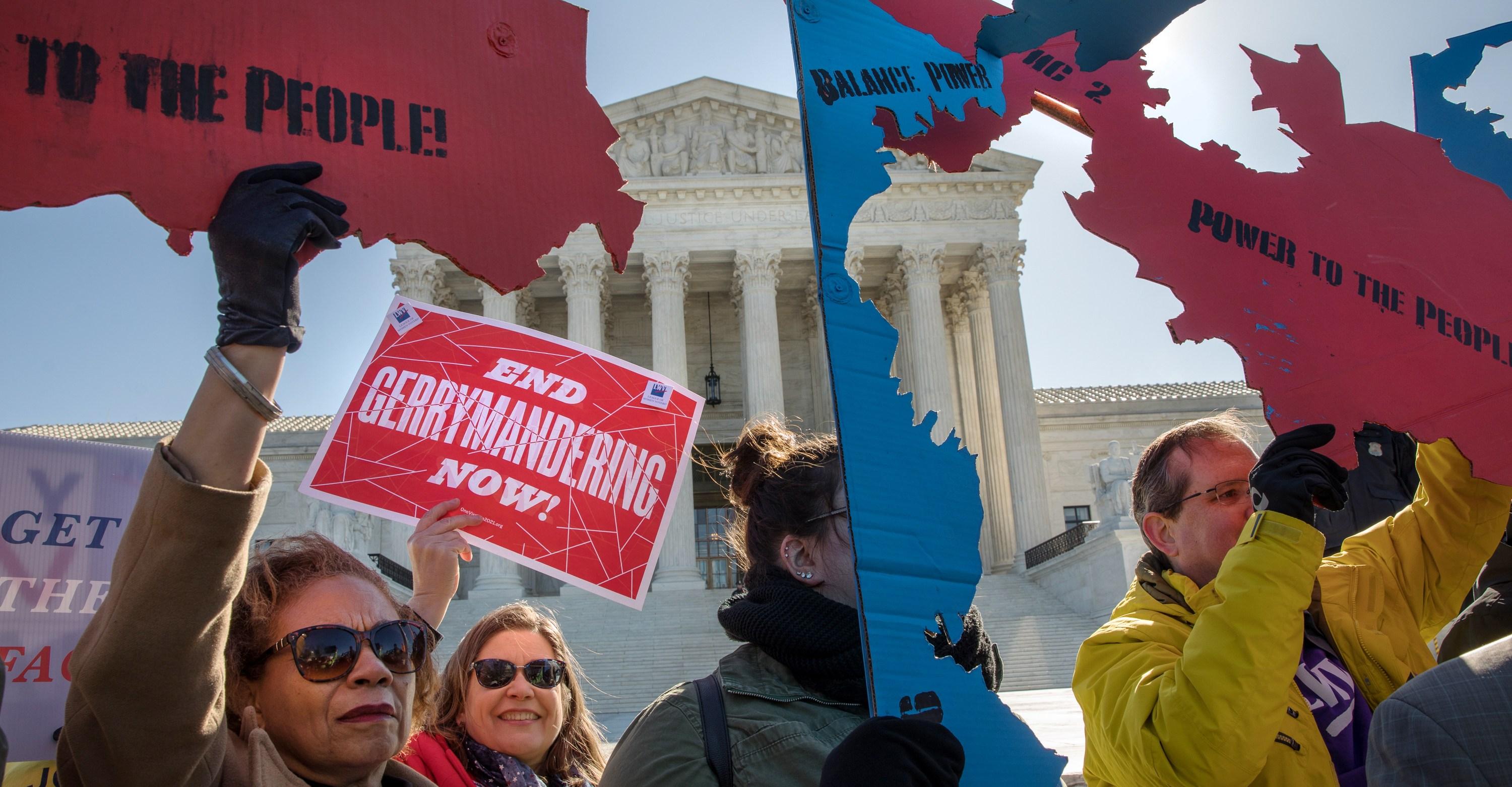
Republicans want the Supreme Court to save them from their own inept mistake
- 10 hours ago

Republicans ask the Supreme Court to gut one of the last limits on money in politics
- 10 hours ago
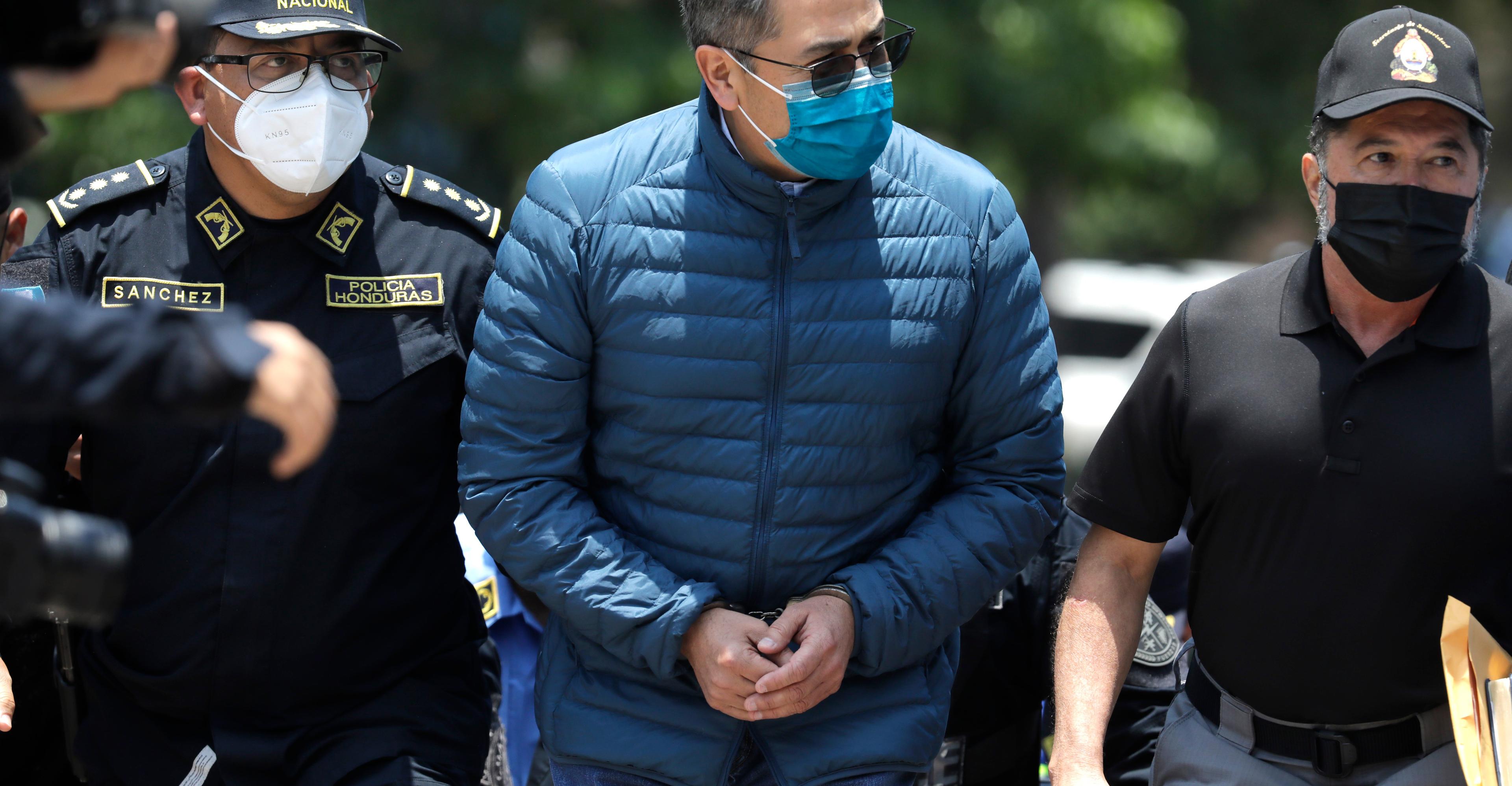
Why did Trump pardon a Honduran drug lord?
- 10 hours ago
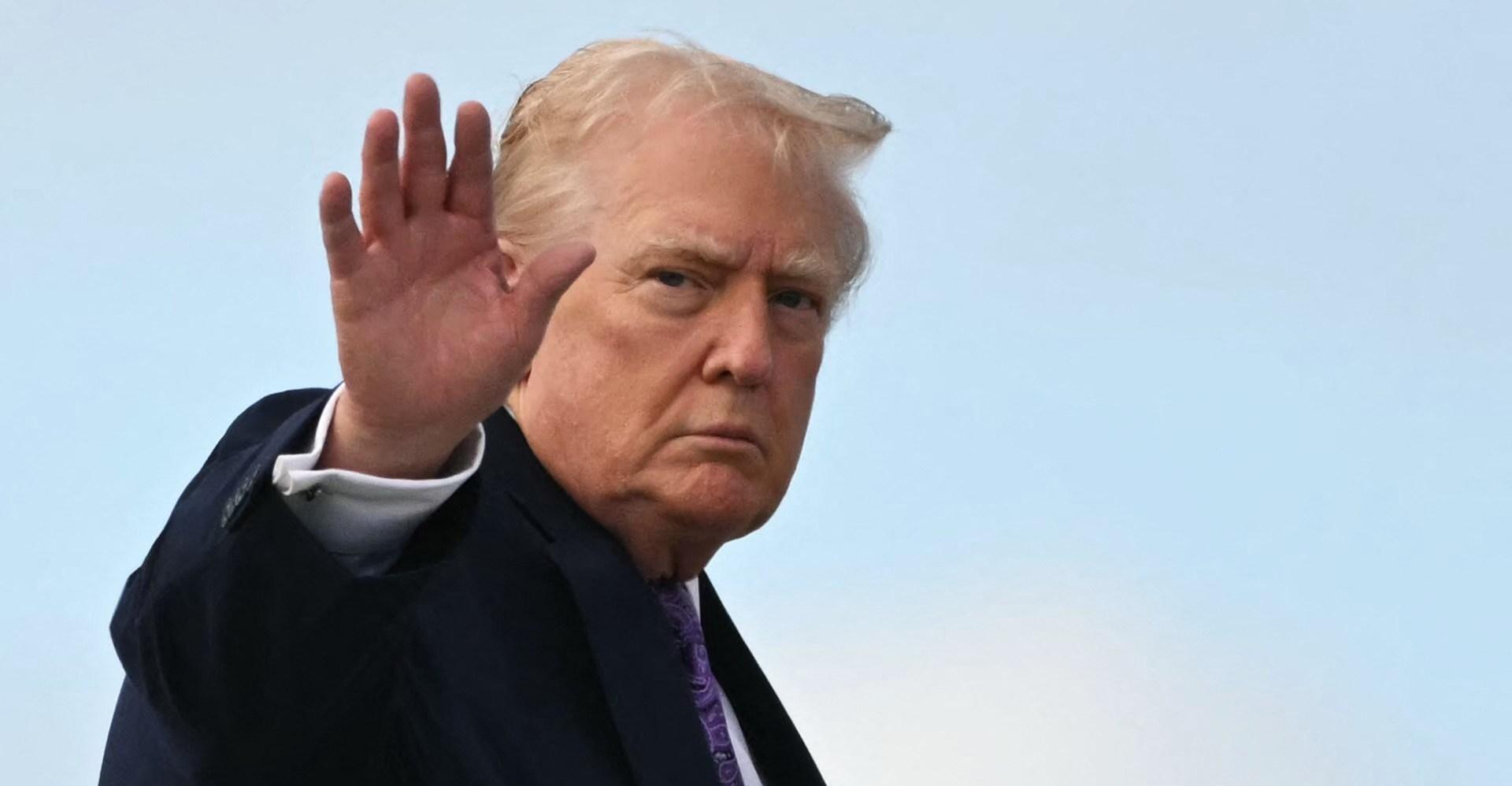
The alt-right won
- 10 hours ago
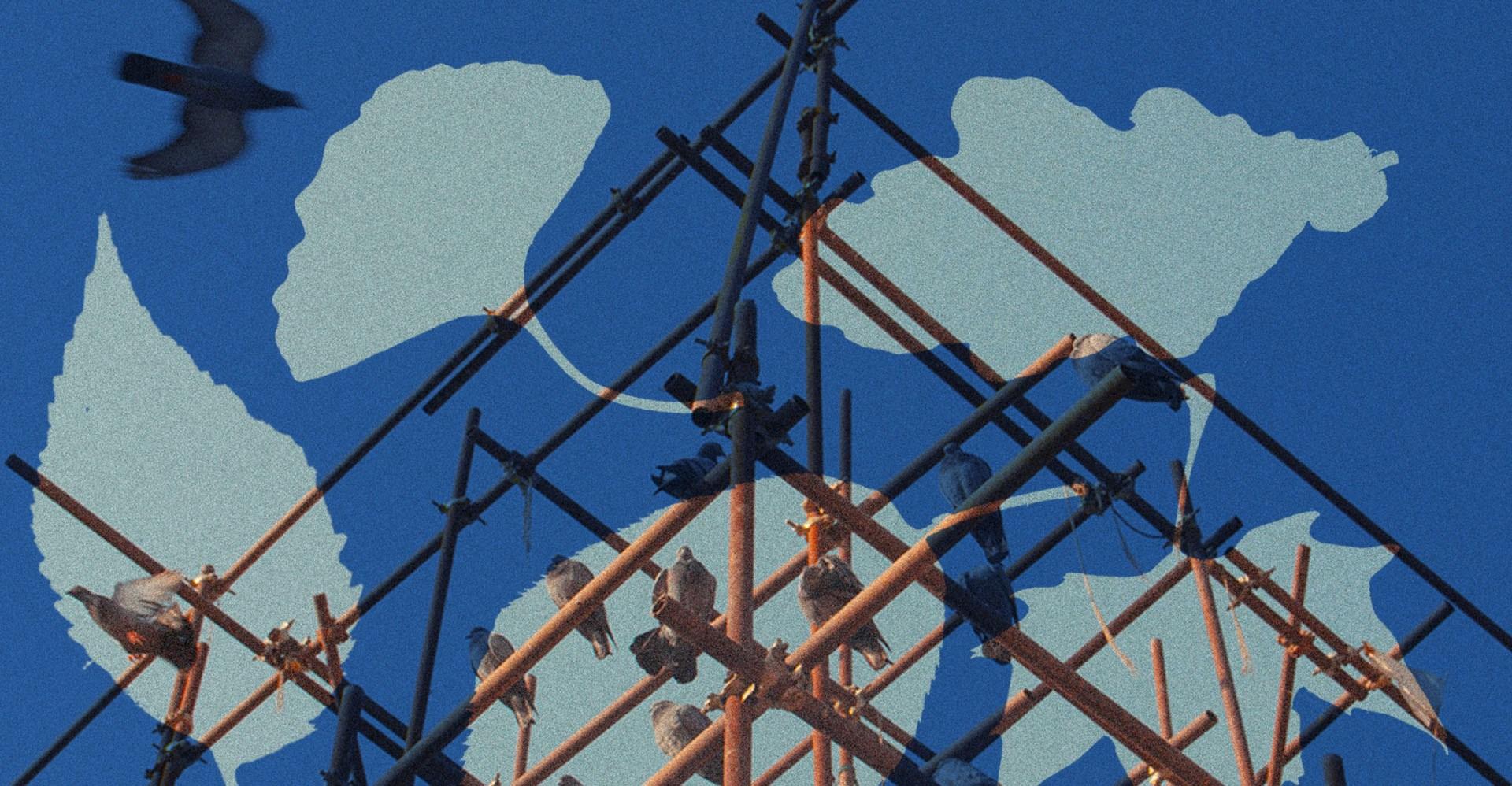
The Case for Growth
- 10 hours ago

What podcasts do to our brains
- 10 hours ago

Why is Trump suddenly so obsessed with Honduras?
- 10 hours ago

Spotify Wrapped 2025 turns listening into a competition
- 3 hours ago

Apple will reportedly refuse India’s order to preinstall a government app
- 3 hours ago
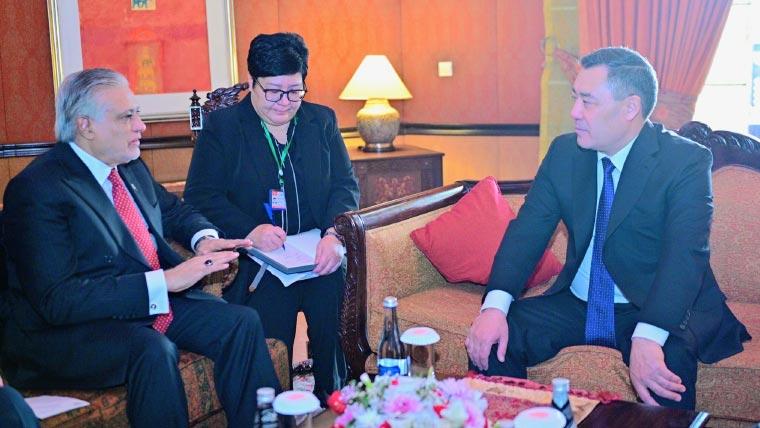
Dar meeting with the President of Kyrgyzstan: reaffirmation of commitment to strengthening bilateral cooperation
- 3 hours ago
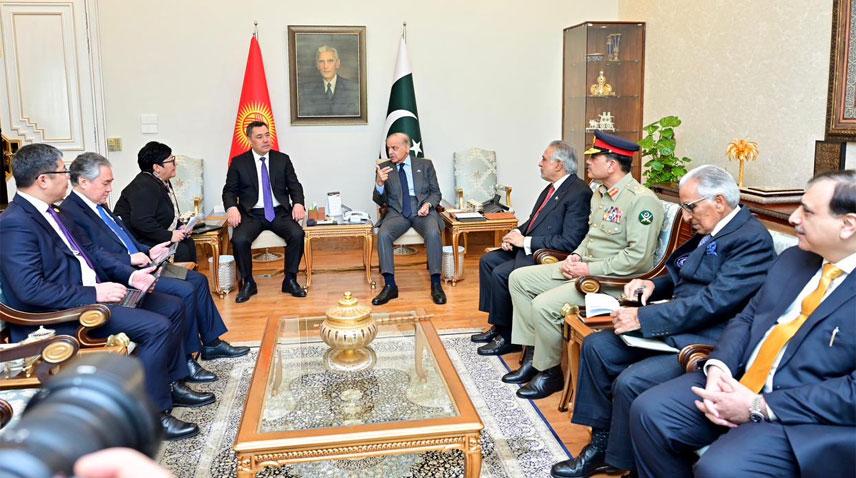
Pakistan, Kyrgyzstan vow to boost ties in diverse fields
- 3 hours ago

Wooting’s 60HE v2 is a solid upgrade to the best gaming keyboard
- 3 hours ago





